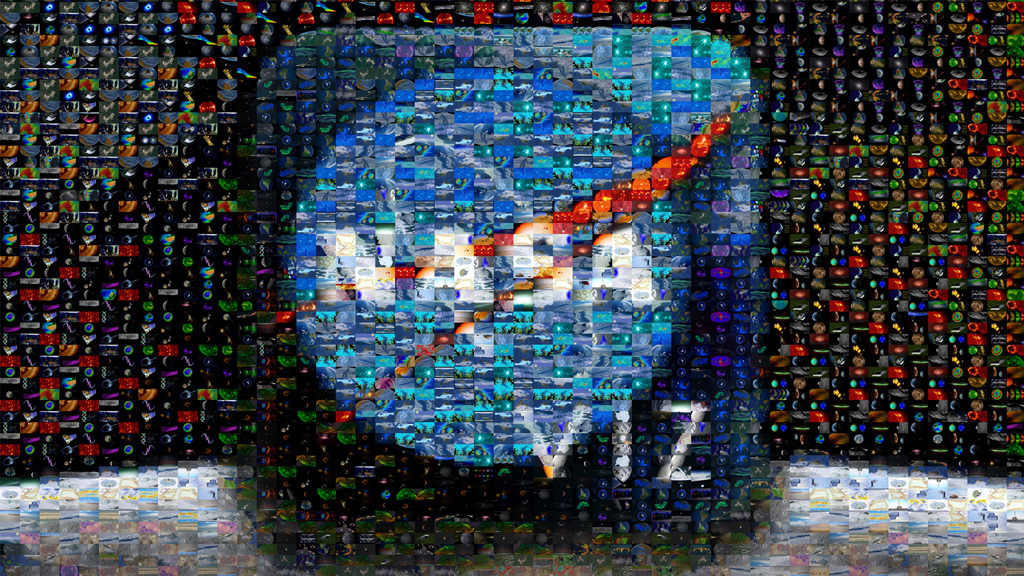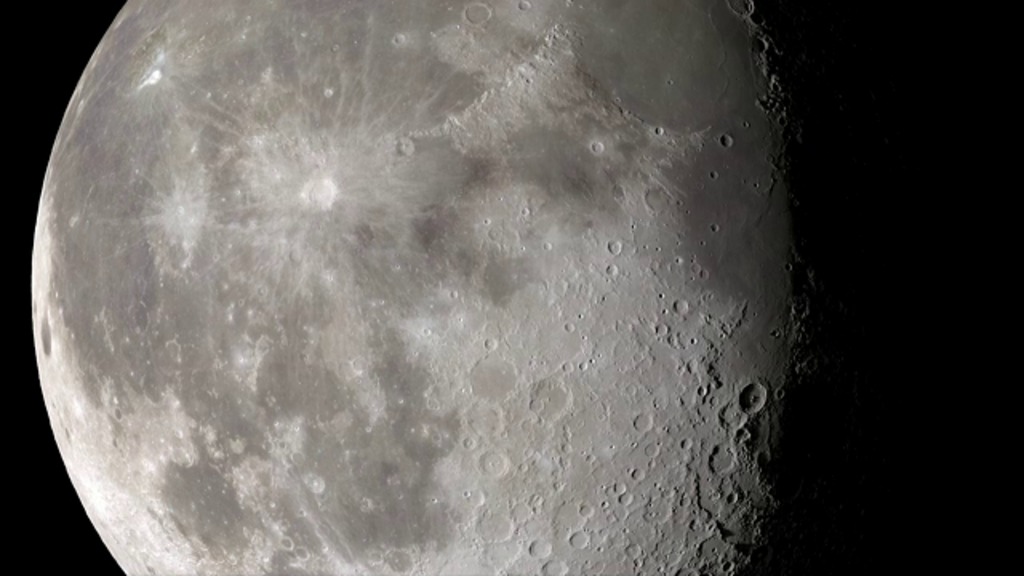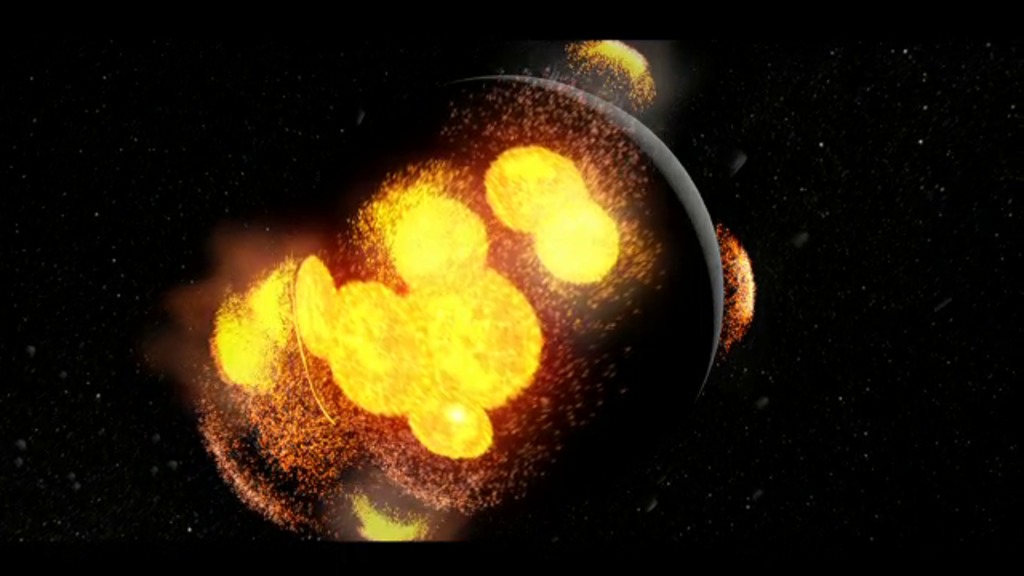Moon Struck
Long before the first humans gazed up into the velvety blackness of the night sky, the moon was young and fresh-faced. These were the early days, before the patchwork of inky stains called the Man in the Moon, before the brilliant starburst patterns called ray craters decorated the surface, before a colossal crash turned one-fifth of its real estate into the South Pole-Aitken basin. Fast-forward to the present, and the moon's once smooth contour appears flawed and disfigured, punished by explosive volcanic eruptions and raining interstellar objects that bombarded its surface over eons. In the visualizations below, see some of the clearest views of the moon yet, courtesy of NASA's Lunar Reconnaissance Orbiter, and witness a recreation of the destructive, 4.5-billion-year evolution of Earth's natural satellite.

The brutal secret of how the moon got the scarred face we know and love.
Take a tour of stunning new views of the moon's surface, provided by the Lunar Reconnassaince Orbiter.
The young moon had barely formed when the barrage of impacts and eruptions that would forever scar its surface began.

Fields of dark rock left by volcanic eruptions, mistaken for huge seas, were named "maria." Some of them make up the Man in the Moon's face.

As large moon craters go, the giant bull's-eye called Orientale basin is thought to be young, likely the moon's last major body blow.

A lifetime of pummeling by space objects large and small has given the moon its familiar, pockmarked look.

The sun beats endlessly on the peaks of the south pole's Shackleton crater, but its cold depths may not have seen light for 2 billion years.

Because Tycho crater is young, the 1-mile-tall peaks at its center are still sharp and imposing.
For More Information
See NASA.gov
Credits
Please give credit for this item to:
NASA's Goddard Space Flight Center
-
Animators
- Ernie Wright (USRA)
- Chris Smith (HTSI)
-
Video editor
- Chris Smith (HTSI)
-
Producer
- Chris Smith (HTSI)
-
Scientists
- Richard Vondrak (NASA/GSFC)
- John Keller (NASA/GSFC)
- Noah Petro (NASA/GSFC)
- James Rice (NASA/GSFC)
-
Writer
- Elizabeth Zubritsky (ADNET Systems, Inc.)
Release date
This page was originally published on Thursday, March 15, 2012.
This page was last updated on Wednesday, May 3, 2023 at 1:53 PM EDT.


